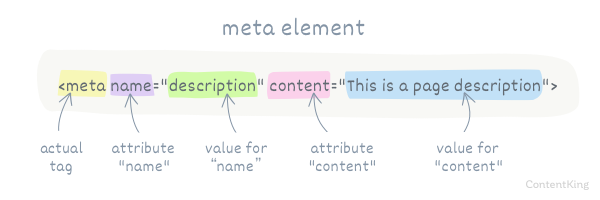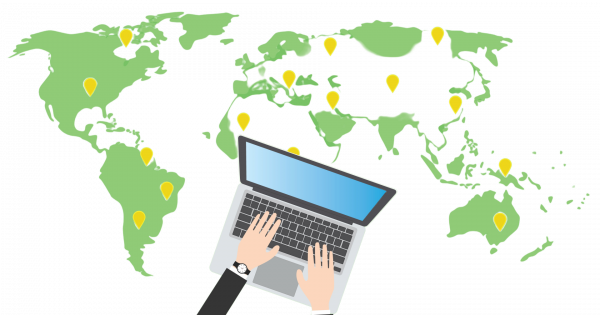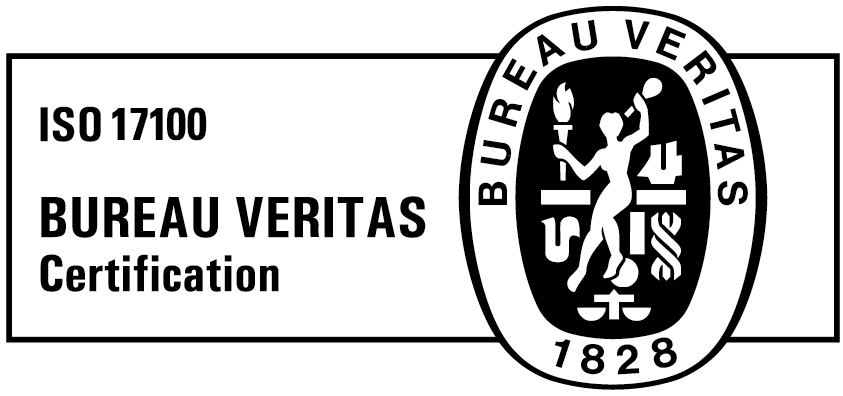When it comes to optimizing your website for international markets, there are a number of things you need to keep in mind. One of the most important aspects is localizing your SEO efforts. SEO localization involves adapting your website and online content to specific local markets, including the language and search habits of the target audience.
Studies show that only 0.78% of users click on a link from the second page of Google. That’s why it’s crucial to aim for the top spots on the first page of Google search results, especially when operating in different markets solely online.
To build a strong online presence, you need to stay updated on the latest SEO tactics and combine them with in-depth knowledge of your target market. Only then can you become a top player in every market where your company operates.
If you lack the resources or expertise to do it in-house, don’t worry – there are many SEO localization experts on the market that can help your company reach the top of the Google search results list.
Let’s dive deeper into what SEO localization is all about and what you should be aware of when building an online presence for new markets.
The Hidden Gems That Can Make All the Difference
There are many hidden gems in SEO localization that may not be visible to the human eye but are critical to achieving a higher search engine ranking. These include ALT tags, image titles, HTML tags, metadata, keywords, and many more.
Although visitors may not see these factors when browsing your website, search engines rely on them to determine your position in the search results. That’s why it’s important to work on the technical aspects of SEO optimization alongside your page content.

Keyword Research
Keyword research is critical for successful SEO localization. It’s not enough to simply translate keywords; you must also consider the unique search habits, language structure, expressions, and vocabulary of the target market. This can vary even between countries that share the same language. A skilled SEO expert can help you conduct this research and ensure your content resonates with your target audience.
Translating your keywords is not enough to reach new audiences effectively. In-depth research is necessary, as different markets have different search habits and preferences.
Search habits will vary even among countries that speak the same language. Therefore, you must tailor your SEO localization efforts to each specific market to gain maximum traction.
Each country has its own language structure, expressions, specific vocabulary, and different information needs. To succeed in keyword research, you must be aware of all these market-specific aspects.
The Importance of Titles
The headline or title tag is one of the most crucial SEO elements, according to 36% of SEO experts. However, it’s not as simple as translating titles from one language to another. One title may work well in one language but not have the same effect in other markets. This is why it’s important to adapt your titles to the language and search habits of the target audience. This includes not just titles on blog posts and landing pages, but also image titles.
When working on titles, remember that it’s not just the titles on blog posts or landing pages that matter; image titles also play a vital role. They can appear on top of Google Images search results, enhancing your online visibility.
Ensure that your titles contain the focus keyword of the page for better SEO ranking. Similarly, for image titles, provide a descriptive yet concise summary of the image content, keeping in mind the target market’s language and cultural specifics.
Meta Descriptions
Meta descriptions are another key element of SEO localization. Meta descriptions appear alongside your website link in search results and can greatly influence whether a user clicks on your link. Localizing meta descriptions requires thoughtful consideration of language and length restrictions, as well as the unique characteristics of the target market.
Meta descriptions have a length restriction, meaning that you must convey your message effectively within that limit. Furthermore, you need to be aware of language nuances in your target market and tailor your descriptions accordingly.

ALT Tags
ALT tags can significantly increase the relevancy signals of your website and help Google to better understand the content of the image, leading to higher rankings.
To optimize ALT tags, describe the image as accurately as possible. This enhances the chances of your image appearing in Google Images results under relevant search terms.
Finally, ALT tags should not be forgotten in your SEO localization efforts. These tags provide important information to search engines about the content of an image, and can help improve your website’s relevance and ranking. Be sure to describe images as accurately and descriptively as possible, while also considering the language and target market.
If you don’t have the resources to handle SEO localization in-house, consider outsourcing to an experienced language service provider. However, it’s important to work closely with your localization team to ensure they understand your goals and target audience. Only then can they effectively localize your content and maximize your SEO efforts.
FAQs
What is SEO localization?
SEO localization is the process of localizing all your website content – including the hidden gems that your visitors normally don’t see. That includes keywords, ALT tags, image titles, HTML tags, metadata, etc.
How do you do international SEO?
Before you start localizing your website, make sure to determine which countries you want to target. Depending on the country and its online habits, you’ll adjust your content exactly to how your target market’s habits.
What is the purpose and benefit of localization?
The purpose of localization is to adjust content to the target market, considering all cultural and behavioral specifics. If your content is adjusted to your target audience’s habits, you’ll be seen as a credible company and will ultimately earn the trust of your customers.
Liked this content?
Get notified when we publish something similar.
* We don’t spam your email or share it with anyone!




